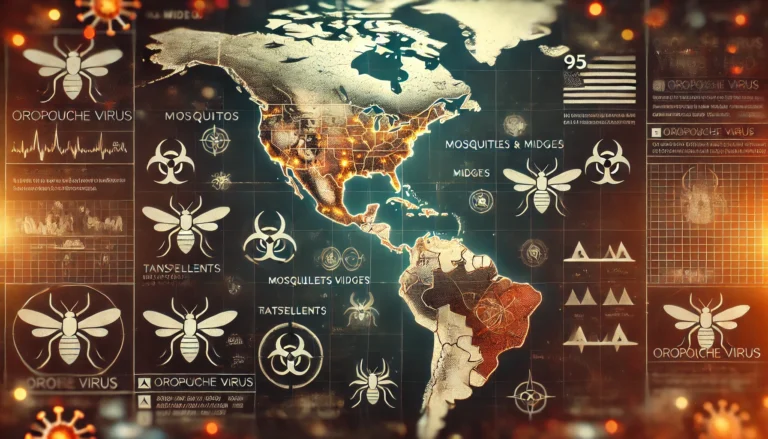The Dangerous Combination of Bird Flu and Extreme Heat
The combination of bird flu outbreaks and extreme heat waves is creating a concerning public health scenario. As these two threats intersect, they amplify each other’s impacts, posing significant risks to both animal and human populations. This blog post explores how these two factors interact and what can be done to mitigate their combined effects.
Bird Flu: A Persistent Threat
Avian influenza, commonly known as bird flu, is a highly contagious viral infection that primarily affects birds but can also infect humans and other animals. The virus can cause severe respiratory illness and has led to significant poultry losses and economic impacts. The United States has experienced numerous outbreaks over the years, often necessitating mass culling of poultry to contain the virus.
Extreme Heat: An Escalating Crisis
Extreme heat events have become more frequent and intense due to climate change. These heat waves pose serious health risks, including heat exhaustion, heat stroke, and exacerbation of pre-existing health conditions. Vulnerable populations, such as the elderly, children, and those with chronic illnesses, are particularly at risk.
The Dangerous Intersection
When bird flu outbreaks occur during extreme heat events, the risks are compounded. Heat stress can weaken the immune systems of both animals and humans, making them more susceptible to infections. For poultry, heat can exacerbate the spread of bird flu, leading to more rapid and widespread outbreaks. Additionally, the measures taken to control bird flu, such as culling and disposal of infected birds, become more challenging and hazardous in extreme heat conditions.
Impact on Public Health
The convergence of bird flu and extreme heat has several implications for public health:
Increased Disease Transmission: Heat-stressed populations are more vulnerable to infections. The close proximity of humans and animals in agricultural settings can facilitate the transmission of bird flu.
Strain on Healthcare Systems: Both bird flu outbreaks and heat waves can overwhelm healthcare systems. During simultaneous events, hospitals and clinics may struggle to manage the increased demand for medical services.
Economic Consequences: The agricultural sector faces significant economic losses from both bird flu and heat waves. The combined impact can lead to food shortages, price hikes, and economic instability.
Mitigation Strategies
To address the dual threat of bird flu and extreme heat, a multi-faceted approach is necessary:
Surveillance and Early Detection: Enhanced monitoring of bird populations for signs of avian influenza, especially during heat waves, can help in early detection and containment of outbreaks.
Heat Mitigation Measures: Implementing heat mitigation strategies, such as providing adequate ventilation and cooling systems in poultry farms, can reduce heat stress and lower the risk of bird flu spread.
Public Health Preparedness: Strengthening public health infrastructure to handle simultaneous crises is crucial. This includes ensuring adequate staffing, resources, and emergency response plans.
Climate Change Adaptation: Long-term solutions must address the root causes of climate change. Reducing greenhouse gas emissions and adopting sustainable practices can help mitigate the frequency and intensity of extreme heat events.
The intersection of bird flu and extreme heat represents a significant public health challenge. By understanding the risks and implementing proactive measures, we can better protect both animal and human populations from the compounded effects of these threats. Staying informed and prepared is key to navigating this complex issue.







